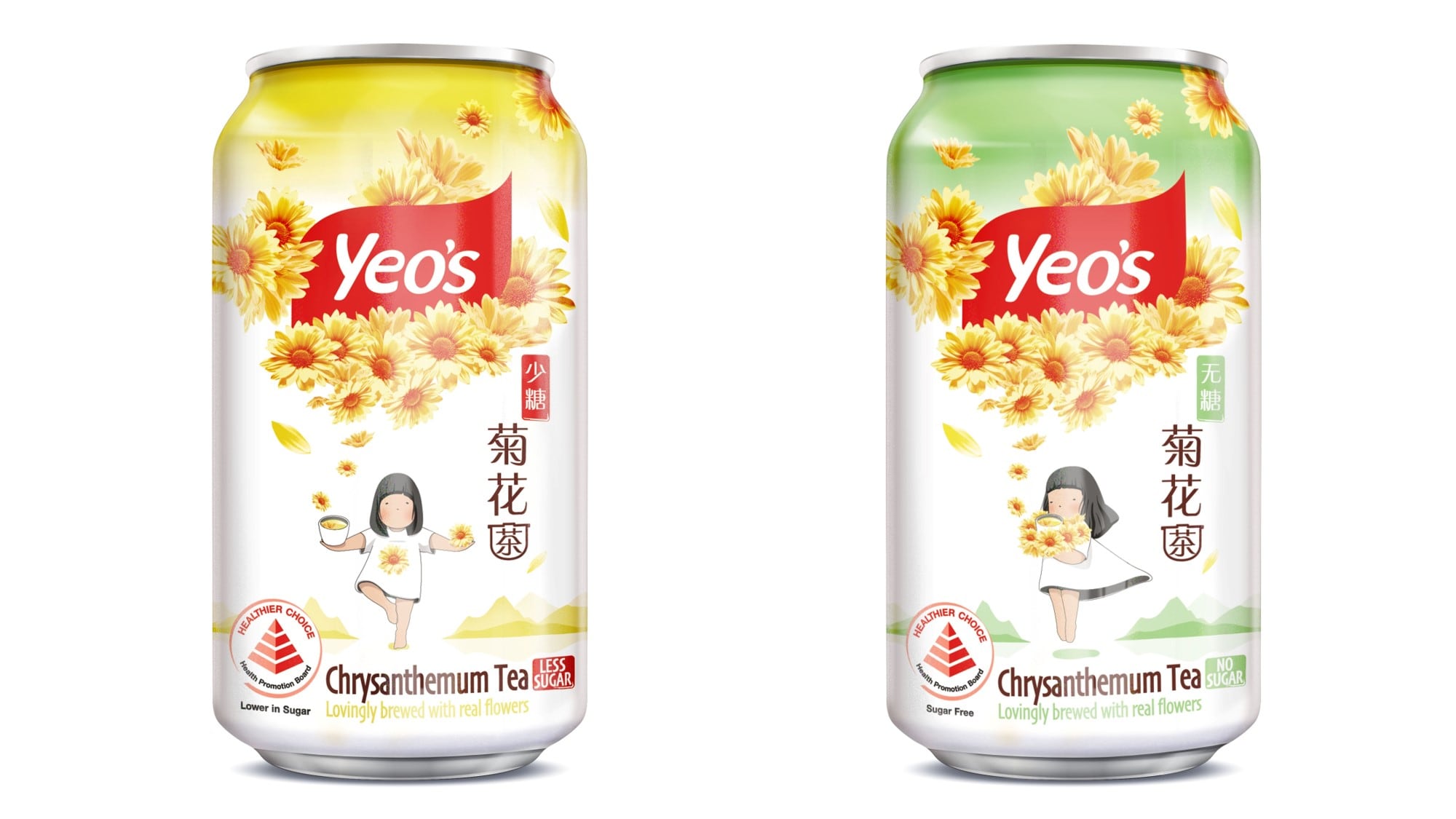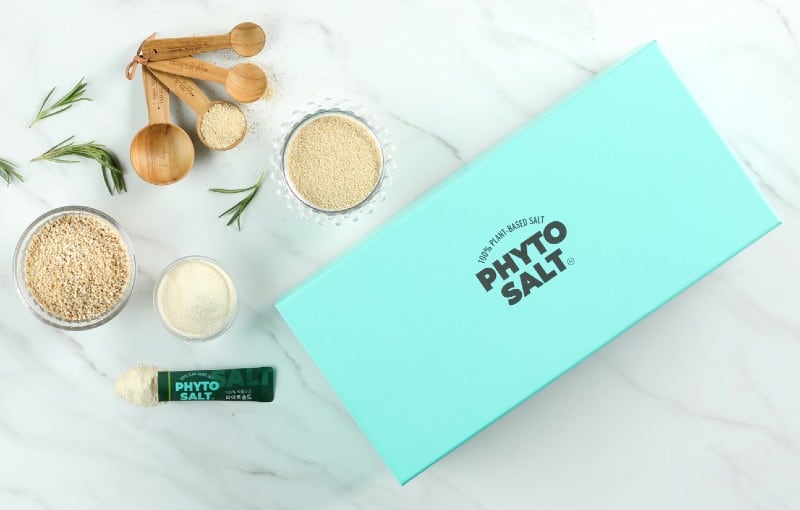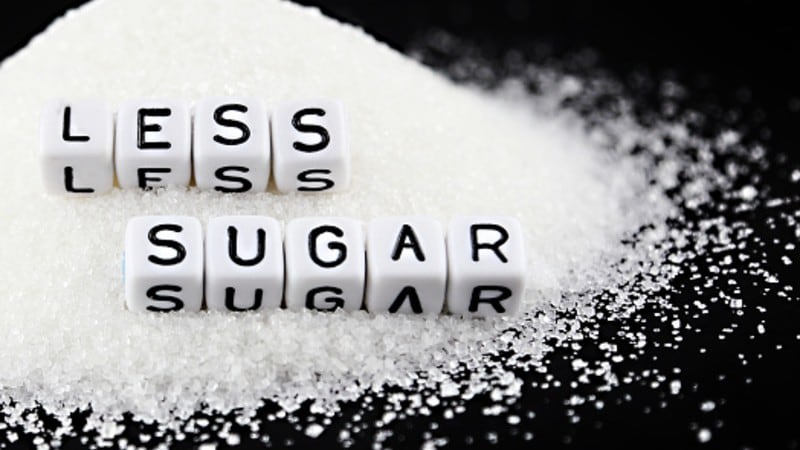Yeo’s is one of Singapore’s oldest beverage firms, having recently celebrated its 120-uear anniversary at the end of 2020, but the firm is adamant on keeping in touch with new trends to improve and enhance its portfolio, according to Yeo’s Singapore CEO and Group Chief Growth Officer Angela Lu.
“It is important to keep up with new trends, to catch up and enhance our existing products in order to meet consumer demands – such as we are doing with this sugar reduction trend,” Lu told FoodNavigator-Asia.
“Both consumer trends and government regulations are heading in the same direction – all are concerned with regard to the sugar level in food and drinks, and I would say zero-sugar products in particular are a trend that is overall growing very strongly.
“This is where we saw an opportunity with our signature product – Chrysanthemum Tea, and we moved to ‘renovate’ this and launch reduced-sugar, zero-sugar and honey-infused variants of this.”
As opposed to many beverage firms which usually opt to replace sugar with some form of sweetener to maintain taste, Yeo’s committed to remove all sugar completely for its reformulation efforts – but make up for this in another way.
“It was challenging to remove sugar and maintain the same great taste, so what we did was to instead the usage of chrysanthemum flower to the recipe so now it is really fragrant and has a great mouthfeel,” said Lu.
“A lot of people say that removing sugar should cost less – but it’s actually ended up increasing the cost in this case as we increased the flower usage. Beyond that, because we want to maintain consistency across the entire chrysanthemum tea range, we have increased the flower content not only for the zero-sugar variant, but all the variants, even the original one.”
Lu also explained that Yeo’s has opted to also have low-sugar and honey-infused options due to consumer preference, so as to not rush the market into change.
“We’ve kept the low-sugar options there due to consumer preference – some consumers still do want a bit of sugar in there, but similarly, we did not add any sweeteners to this either,” she said.
“All in all, 2021 is going to be a very busy year for Yeo’s – we expect most of our beverage products to go through a similar ‘renovation’ to reduce sugar levels and enhance taste.
“People always think of innovation as developing something new, but what we are doing is to take the time to look at our existing product portfolio and make sure these are the best we can make them for consumers.”
Yeo’s also recently launched a chrysanthemum tea variant with wolfberries, known to be beneficial for eye health. All the firm’s chrysanthemum teas use the Hangbaiju flower variant, and contain no flavouring, colouring or preservatives.
Government standards
The Singapore government announced a colour-coded labelling scheme for pre-packaged drinks in March last year dubbed Nutri-Grade which would be based on beverage sugar content, a scheme expected to be enforced this year.
This is also one of the reasons for Yeo’s reformulation efforts, but Lu emphasized that even the original chrysanthemum tea would pass muster under this and other government schemes like Singapore’s Healthier Choice campaign.
“The criteria for a beverage to be labelled a Healthier Choice under the government scheme is to have 5% or less of sugar – the original chrysanthemum tea already qualified for this, and so the less-sugar (2.5%) and zero-sugar (0%) options definitely also qualify too,” she said.
“The upcoming Nutri-Grade labelling scheme also does something similar based on 5%, [where it is mandatory for Grade C beverages (more than 5% sugar content) and Grade D beverages (more than 10% sugar content).”
Challenges and NPD
Although the trend for sugar reduction and health and wellness is strong in Singapore, Lu also told us that this is not moving quite at the same rate in all countries in Asia.
“Some countries are faster and some are slower, depending on things like affluence and health awareness, although people are definitely paying more attention than before,” she said.
“What we are seeing though is that countries that traditionally have a sweeter tooth still want products that taste sweet even though they want sugar reduction – this is more challenging of course, and likely implies the use of different sweeteners in different countries.”
Yeo’s is present in over 30 countries from South East Asia to China to Oceania to Europe and the US, with a host of beverage options well-known to them.
“[Our most] iconic beverages include Yeo’s Chrysanthemum Tea, Soy Bean Milk, Water Chestnut Drink, Winter Melon Tea, Lychee Drink, Grass Jelly Drink and H-Two-O Isotonic drink,” said Lu.
“The soy milk is popular across all markets and resonates with both Asian and non-Asian consumers, whereas chrysanthemum tea is in most countries but considered to be more ‘ethnic’, so is more popular in Asia than Europe.”
The firm is also well-known for its condiments and canned foods, and moving forward there are plans to expand in this area and make these healthier as well.
“For our food business, which comprises canned food, seasonings and sauces, we will [be] rebranding some products and offering them in new markets [this yea, as well as undertake] other initiatives like reducing salt levels, offering smaller portion sizes or in on-the-go packs,” said Lu.
“We will also focus on growing our overseas markets, in particular Greater China. This will involve expanding beyond Guangzhou and Hong Kong where we already have a strong presence. North America, Australia and Europe are also markets we want to grow in.”





